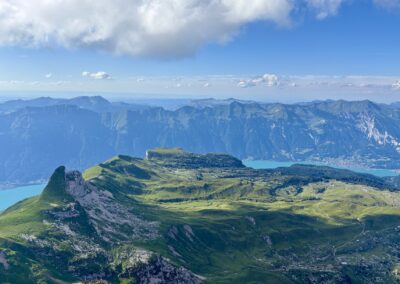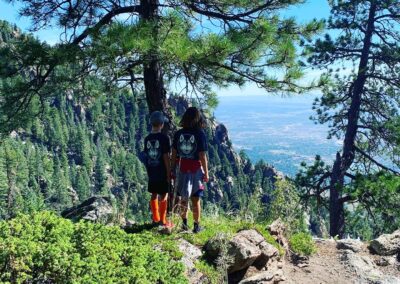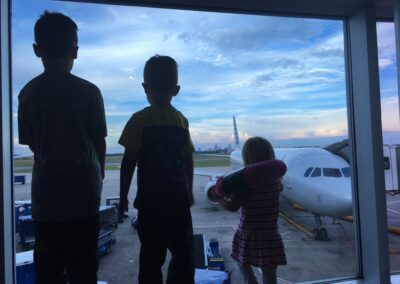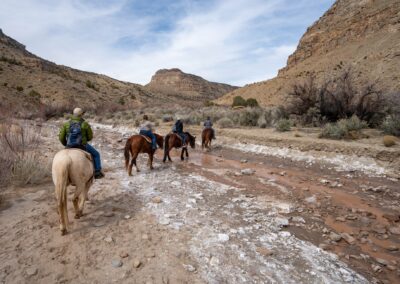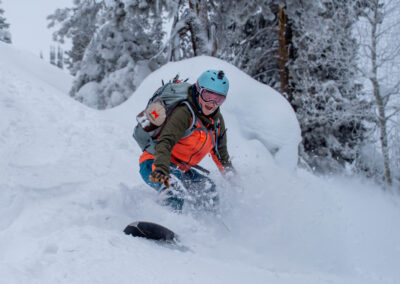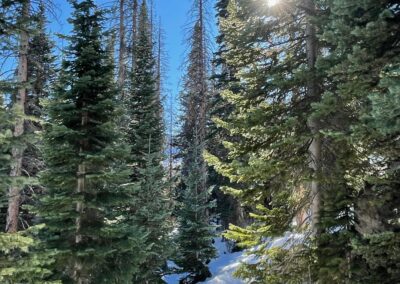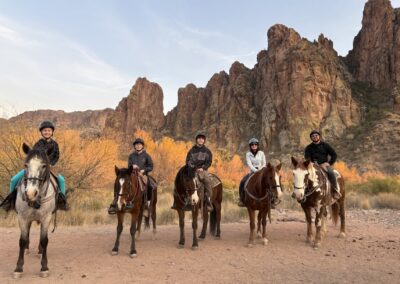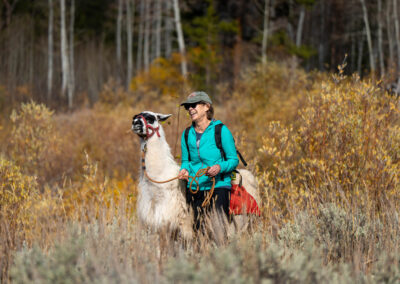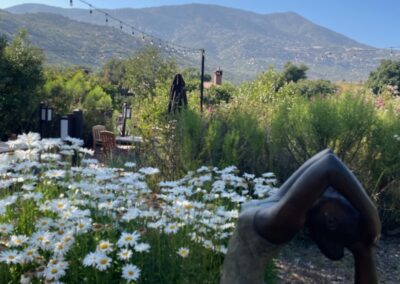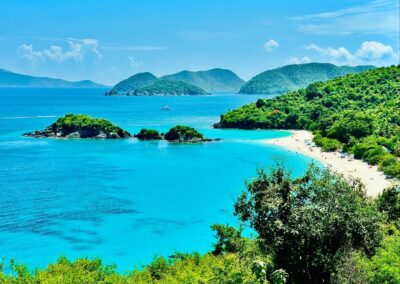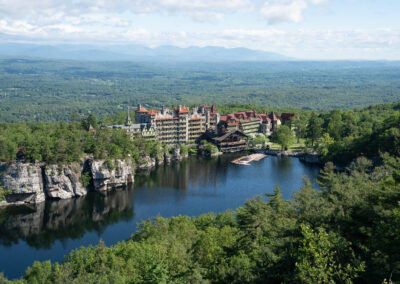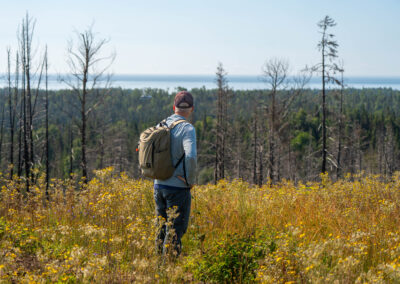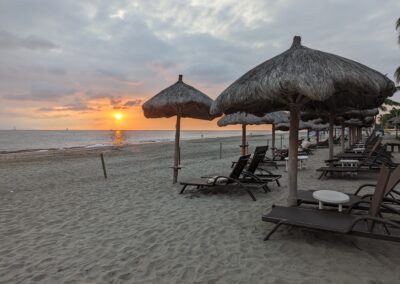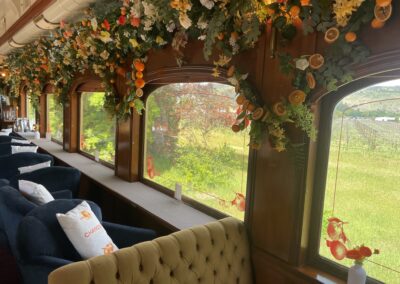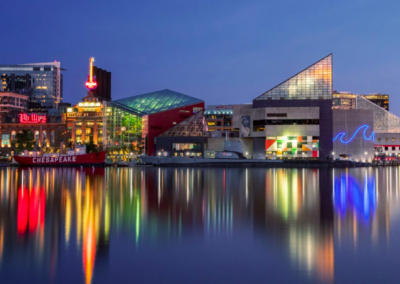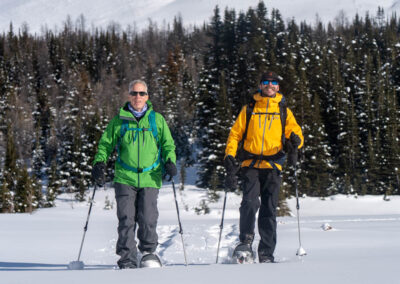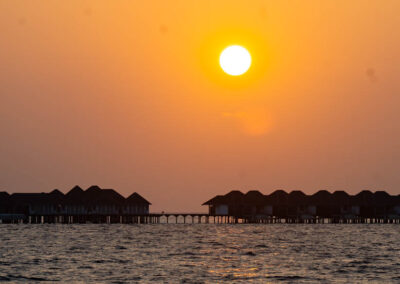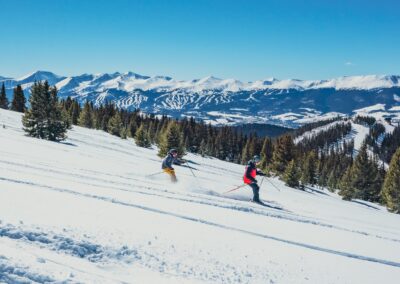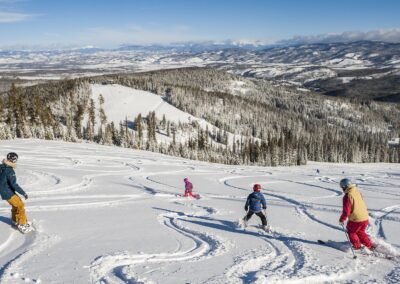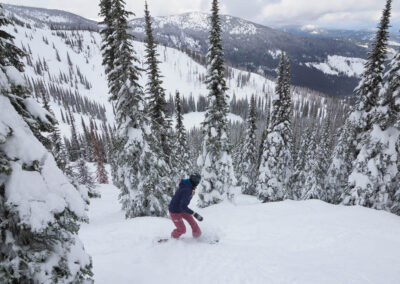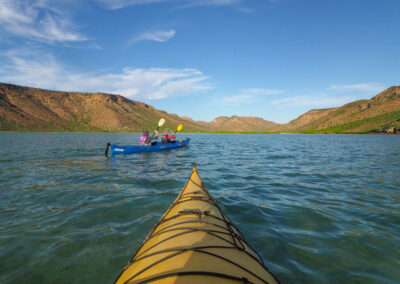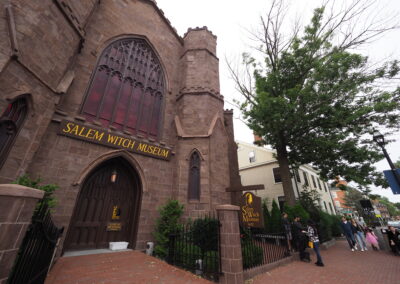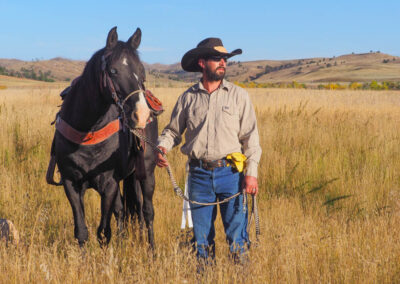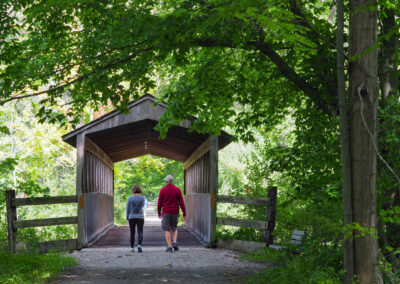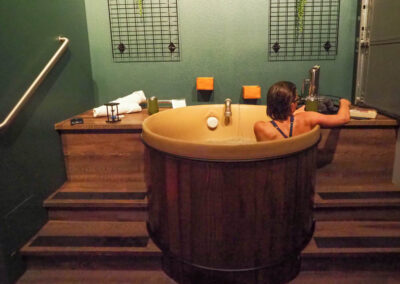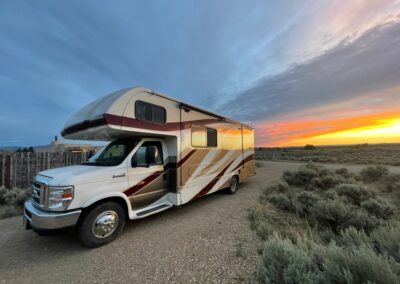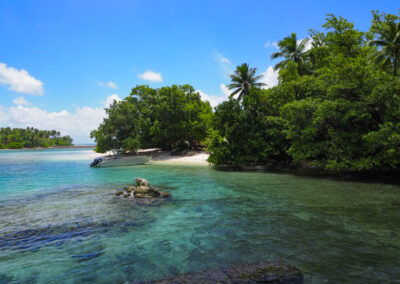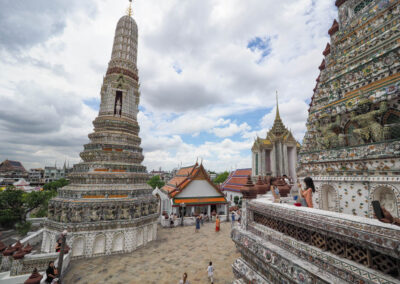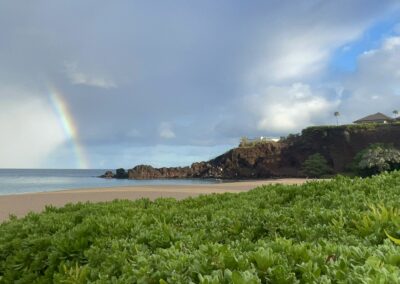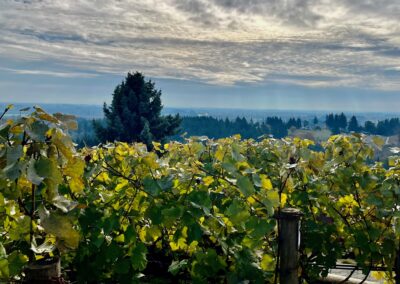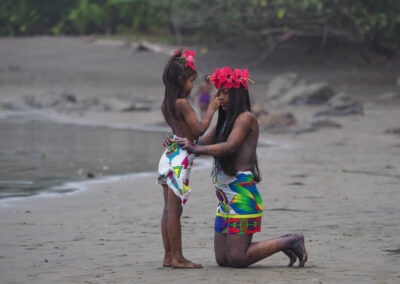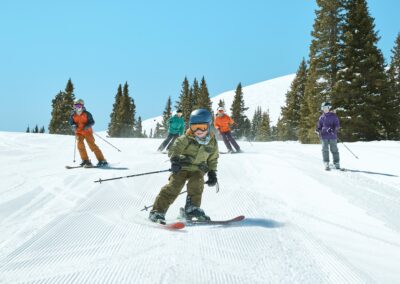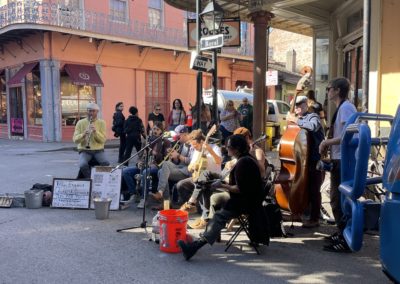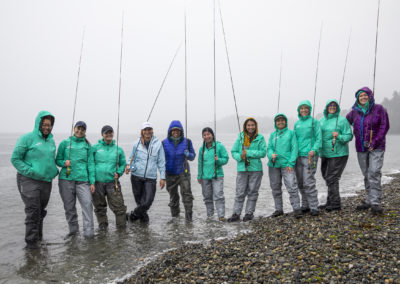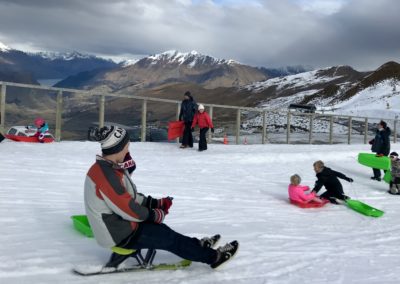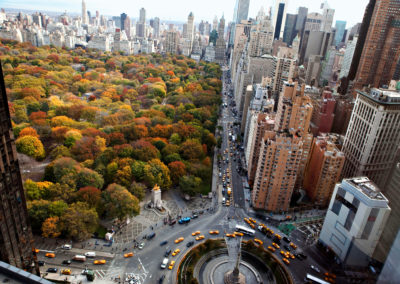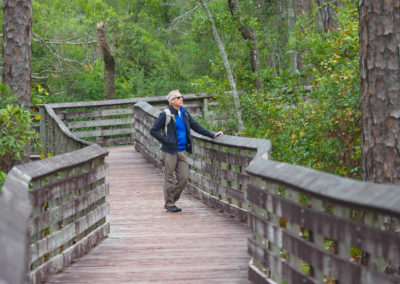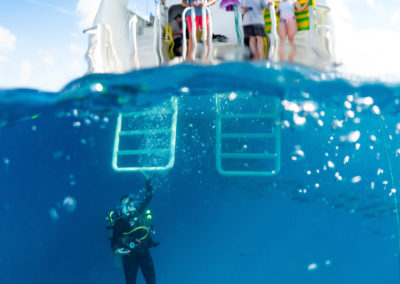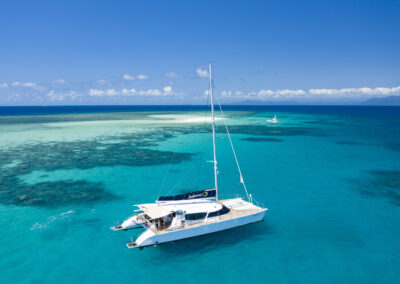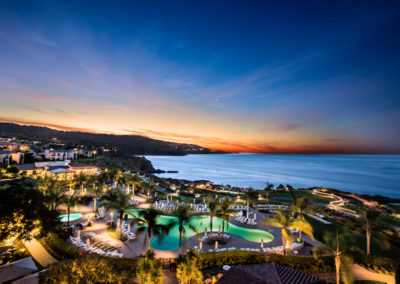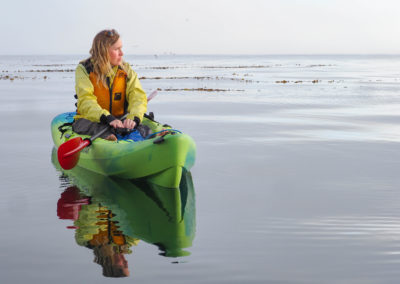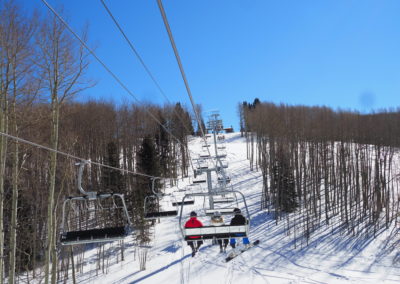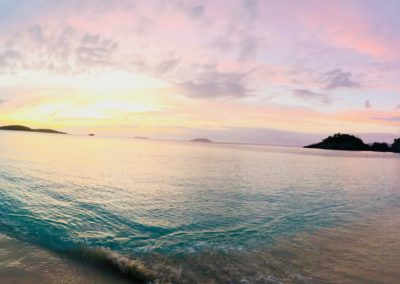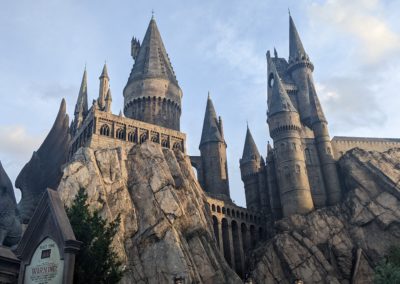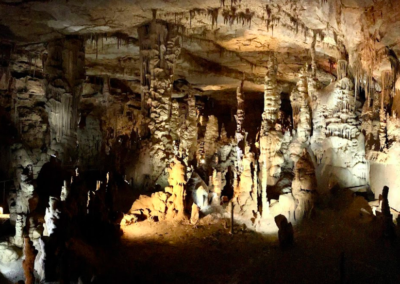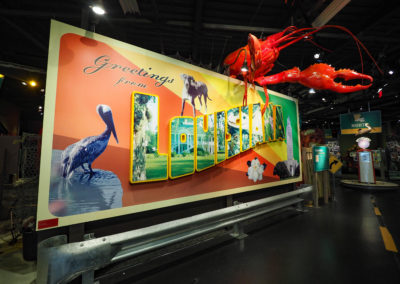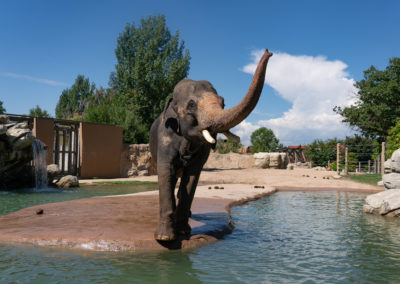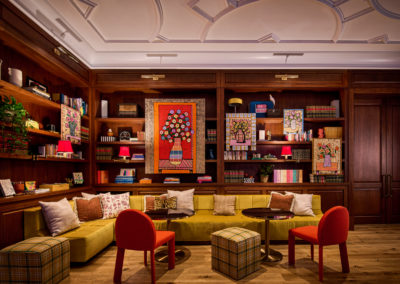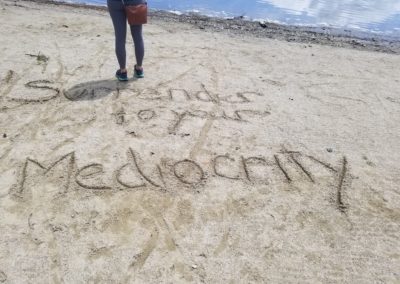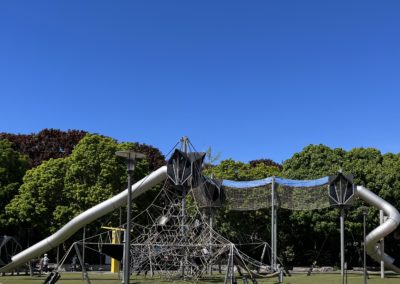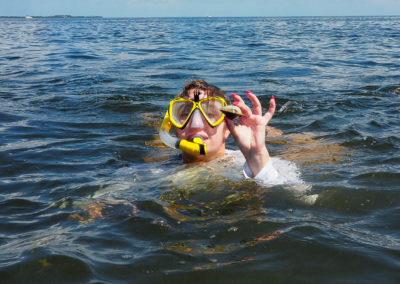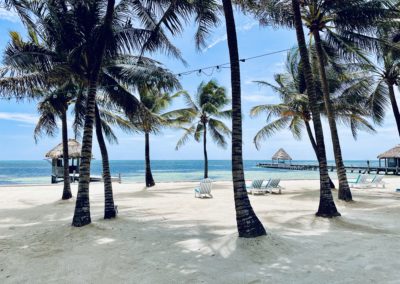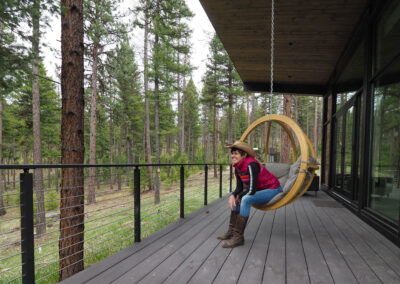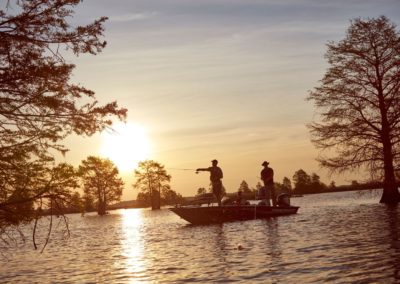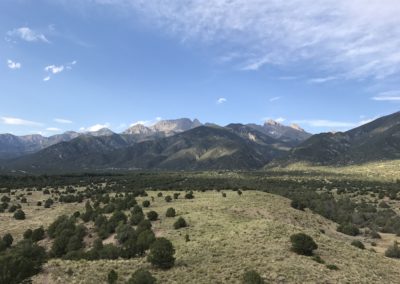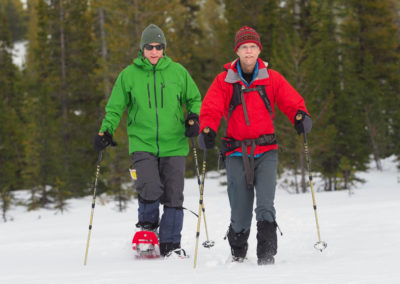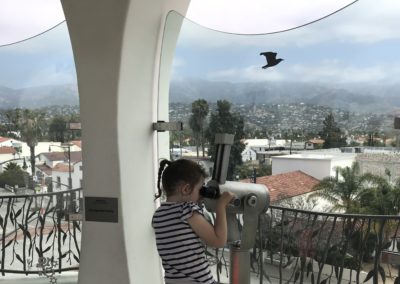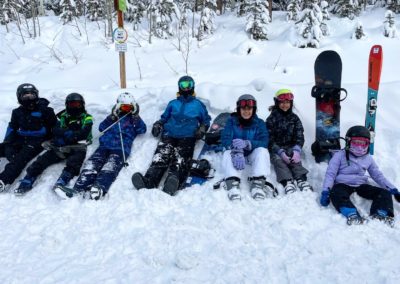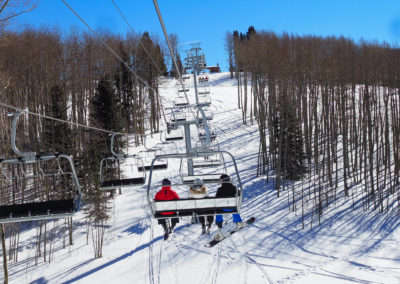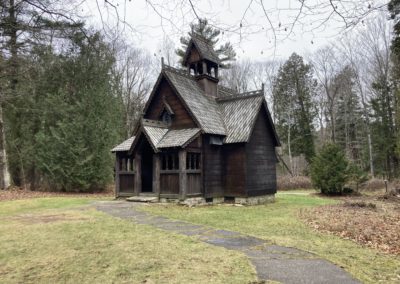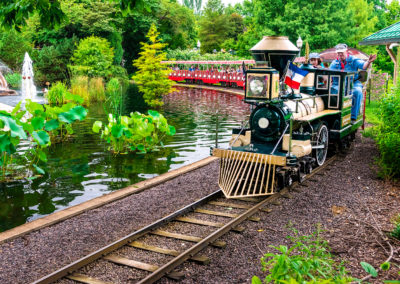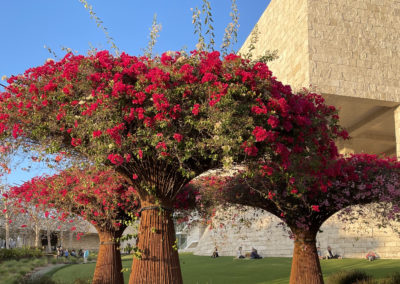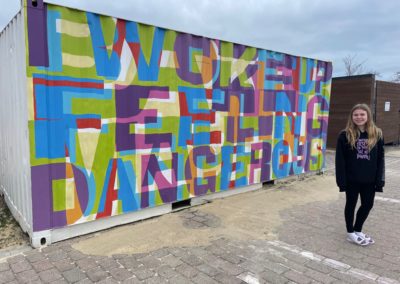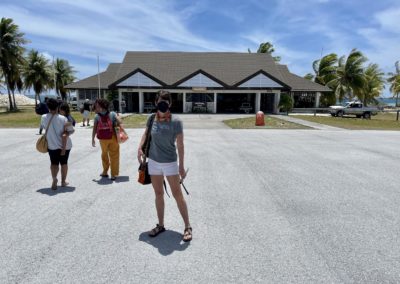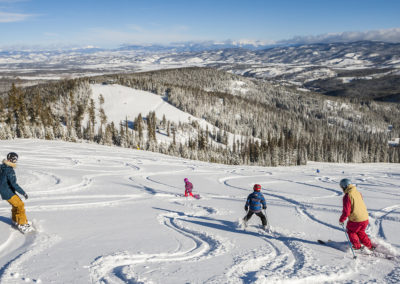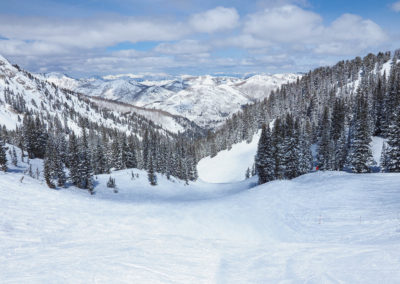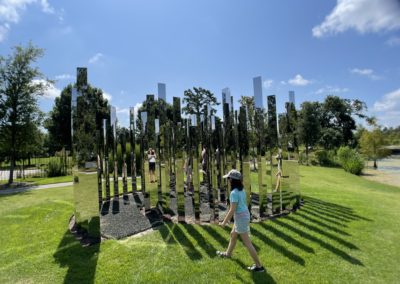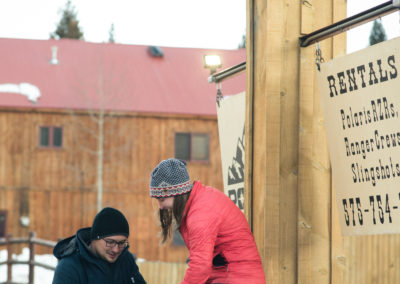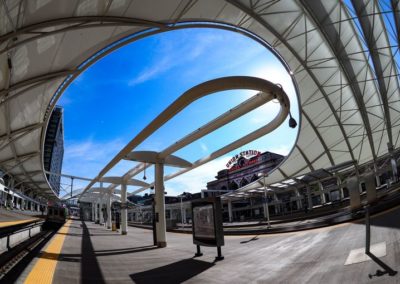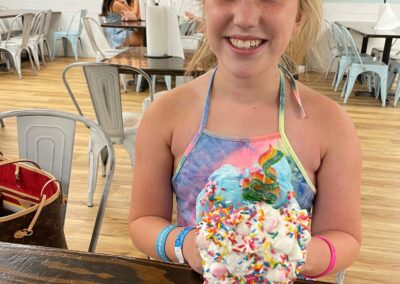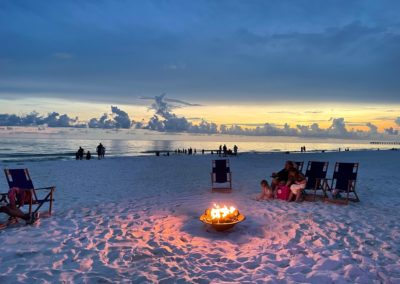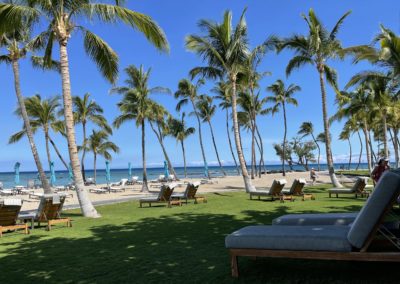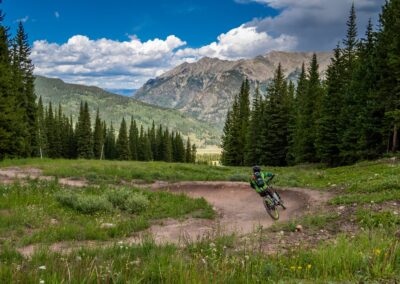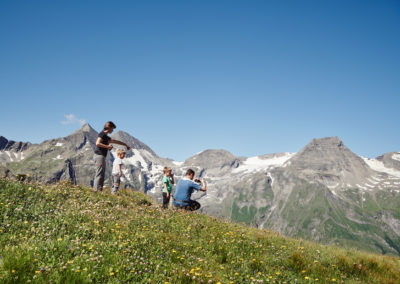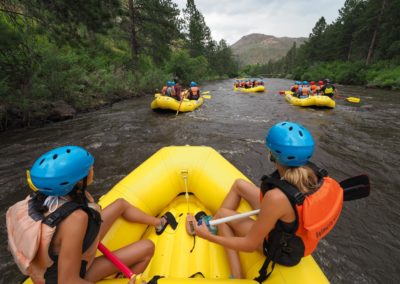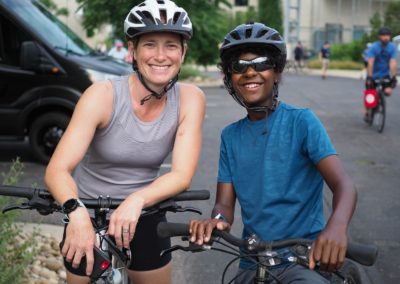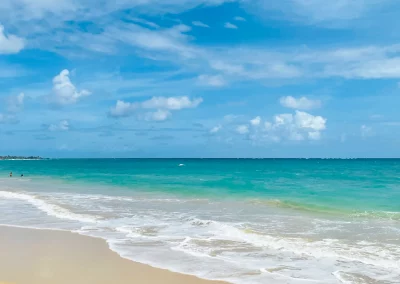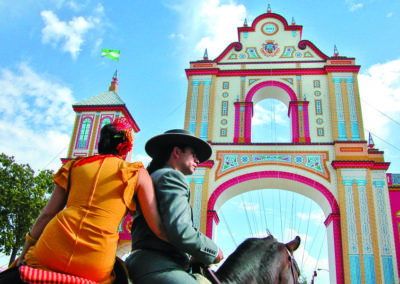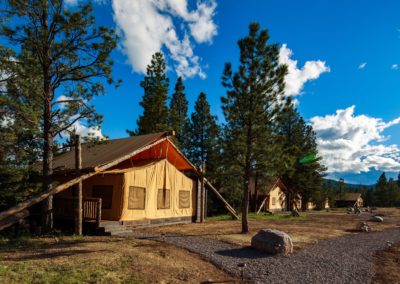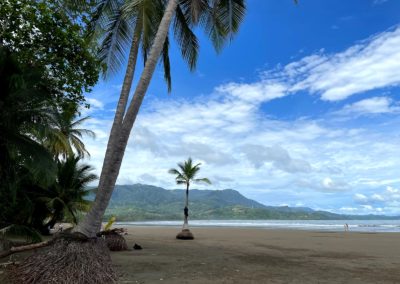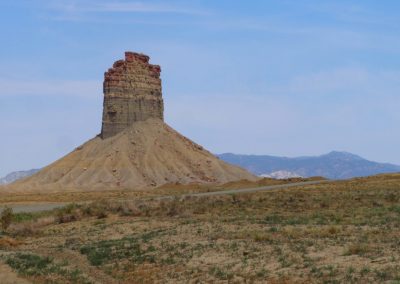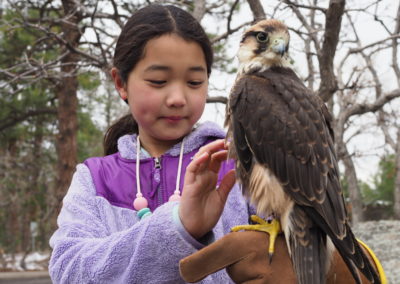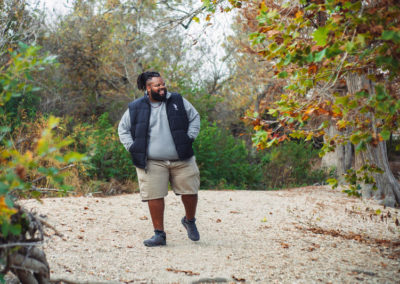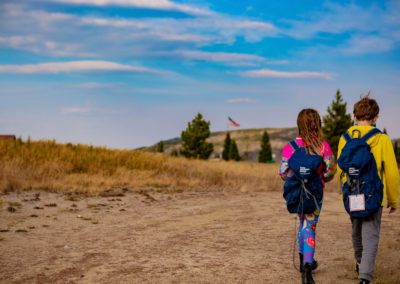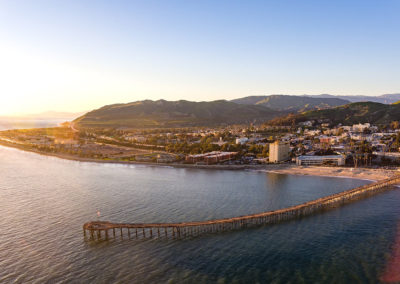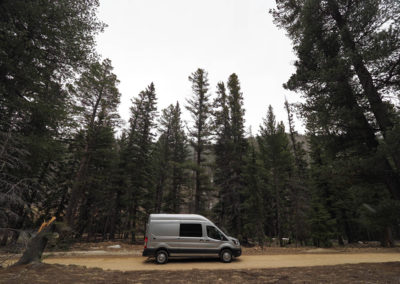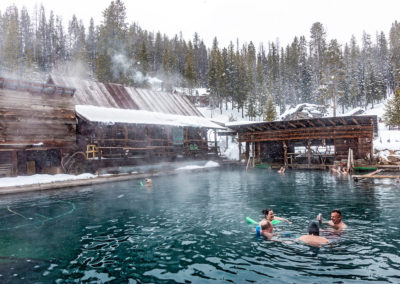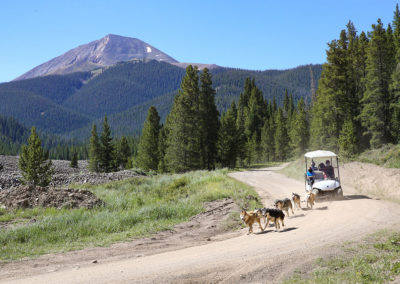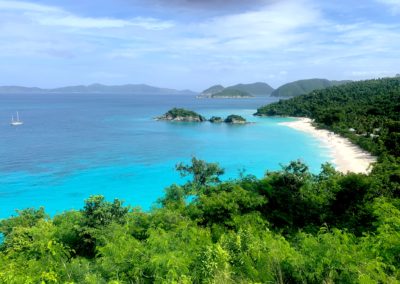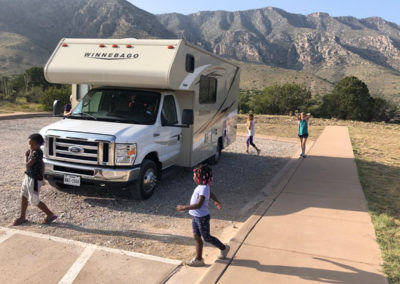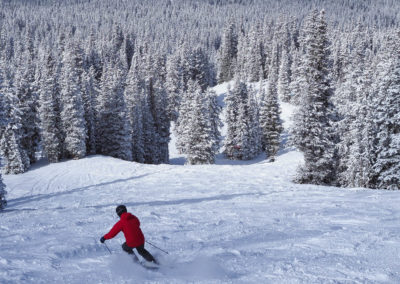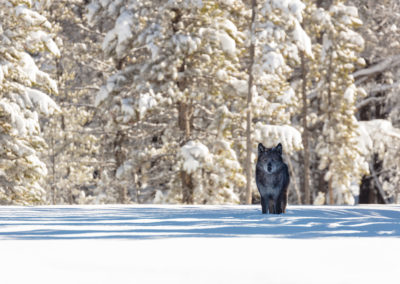My 5-year-old daughter’s eyes were as big as saucers as the plane touched down in California.
It was her first-ever plane ride and my first since the pandemic brought travel, and life as we knew it, to a screeching halt.
We had picked southeastern California for our first 2021 flight primarily because our family is on a slow-but-steady quest to visit every national park and Joshua Tree was calling. We also wanted to make sure that wherever we went had ample outdoor activities and that we could easily follow all national, CDC and state guidelines concerning the pandemic.
What my three daughters and I would discover in the desert cities of Joshua Tree and Palm Springs, located about 40 miles apart, was that they were an ideal place to safely relax, recuperate and explore the great outdoors.
Joshua Tree National Park

I knew the landscape of Joshua Tree National Park would be unique, and yet as I first laid eyes on the outstretched, Seussian namesake Joshua trees that dotted the horizon as the sun began to set on a brisk March evening, I could hardly believe my eyes. The contrast of these hearty, tufted trees, branches outstretched and akimbo, against the desert landscape was truly otherworldly. Comprising 800,000 acres where the Mojave and Colorado desert ecosystems come together, this popular and sprawling national park features everything from sand dunes and rugged mountains to dry lakes and flat valleys. We realized quickly as we entered the park that there’s no cell service here, a rare treat that allowed us to completely unplug as we snapped pictures, scrambled up towering boulders and tested out nature trails. Some aspects of the park are limited due to COVID-19; check website for details.
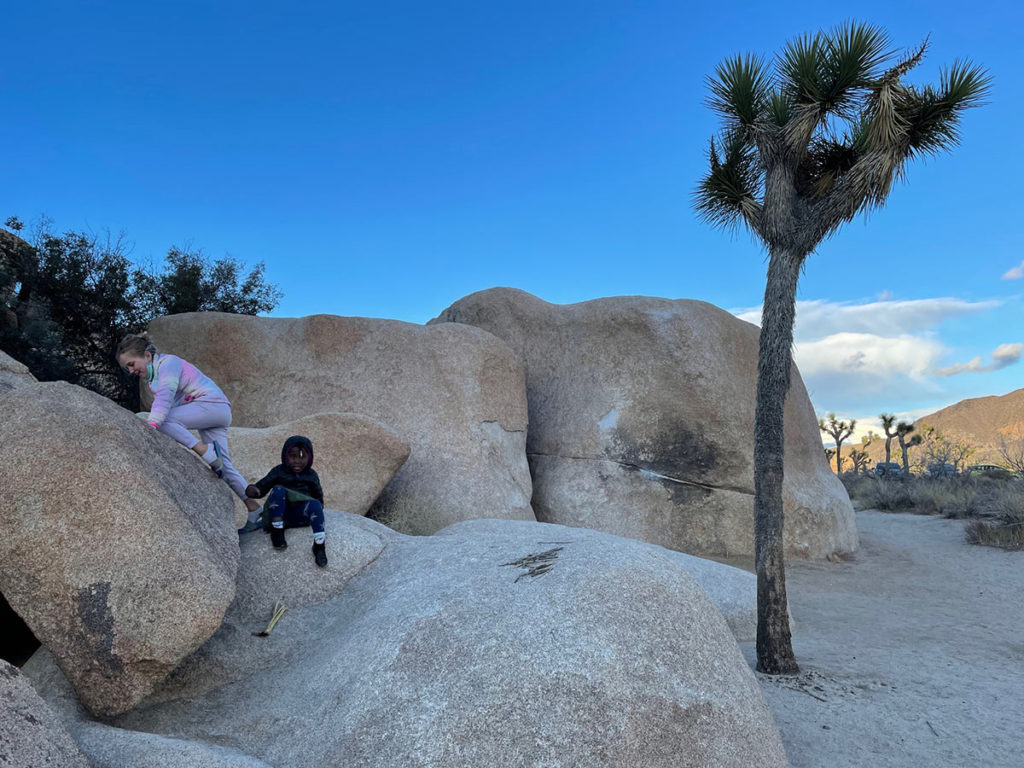
The Rainbow House
Driving through the town of Joshua Tree, the aptly named Rainbow House is hard to miss. From the multihued paint-drip succulent garden out front to the brightly painted driveway in every color of the, well, rainbow, this jubilant home is a feast for the eyes. The house is the creation of artist Patrick Hasson, who describes his artistic technique as “somewhere between Jackson Pollock’s action painting and Van Gogh’s impasto.” In addition to the Rainbow House, where he encourages passersby to take photos (as long as they tag @therainbowhousejt), Hasson also runs the similarly colorful Rancho De Colores – both properties are available for rent on Airbnb.

Desert X
The sign was reminiscent of the world-famous one tucked in the Los Angeles hills, but instead of reading “Hollywood,” it proclaimed something else entirely: “Indian Land.” The installation, titled “Never Forget,” by artist Nicholas Galanin was created to raise awareness of the indigenous Cahuilla people and to advocate that they receive legal title to a nearby area of land. The installation is one of more than a dozen on display through May 16 as part of the biennial Desert X, which commissions site-specific public art in and around Palm Springs from artists from across the world.
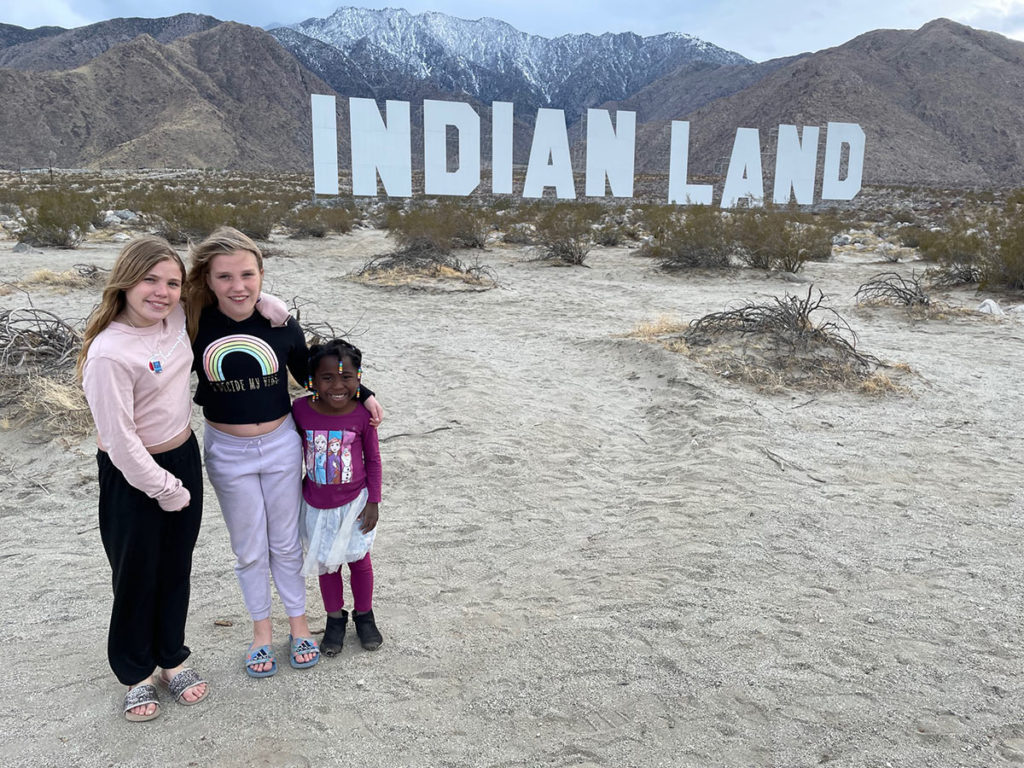
Palm Springs Aerial Tramway
Talk about a room with a view. One must-do while in Palm Springs is to hop aboard the Palm Springs Aerial Tramway – the world’s largest rotating tram car – which transports visitors two-and-a-half miles along the cliffs of Chino Canyon before delivering them into the wild wilderness of Mount San Jacinto State Park. The trip takes about 10 minutes and, since the tram rotates as it rises, promises gorgeous views all around as you reach your final elevation of 8,516 feet. Once at the top, test out more than 50 miles of hiking trails, explore the natural history museum, catch a film in one of two documentary theaters or even grab a bite in one of two restaurants. Capacity is limited due to COVID-19; check the website for details before you go.
Birdbrain

One of the wonderful things about Palm Springs is that it courts creative types, and at no place is that on better display than Birdbrain, a 501c3 nonprofit that aims to comfort people impacted by sexual trauma and help others support them. The nonprofit has a flagship community showroom in Palm Springs and offers a variety of ways for people to get involved, from purchasing an item from its beautiful, bird-themed clothing line to therapeutic embroidery and art-therapy kits that help alleviate PTSD symptoms to educational content including a just-released Field Guide self-help workbook. The organization is run by founder and creative director Maegan Carberry, who remains dedicated to creating a community that visually, emotionally and physically reflects the diverse experiences and needs of people impacted by sexual trauma.
If You Go

Stay:
In addition to the Rainbow House in Joshua Tree, there are many unique AirBNB properties that are worth a look, from a “love shack” that guarantees free beer to the beautifully decorated house, complete with a hot tub and hammock, where we stayed. Palm Springs offers a variety of excellent hotel options ranging from the budget-friendly Caliente Tropics to the ever-trendy Ace Hotel & Swim Club.
Eat & Drink:
After a long day spent exploring Joshua Tree National Park, our delicious and loaded pizzas from Pie for the People hit the spot. Bonus points for its proximity to the Wine & Rock Shop, which features, yes, wine and rocks. In Palm Springs, local favorites include Sherman’s Deli and Bakery (make sure you order a slice of cake to go), the old-school Billy Reed’s Restaurant and Bar and the Dead or Alive Bar, which has currently transitioned to a to-go wine shop due to COVID-19.








